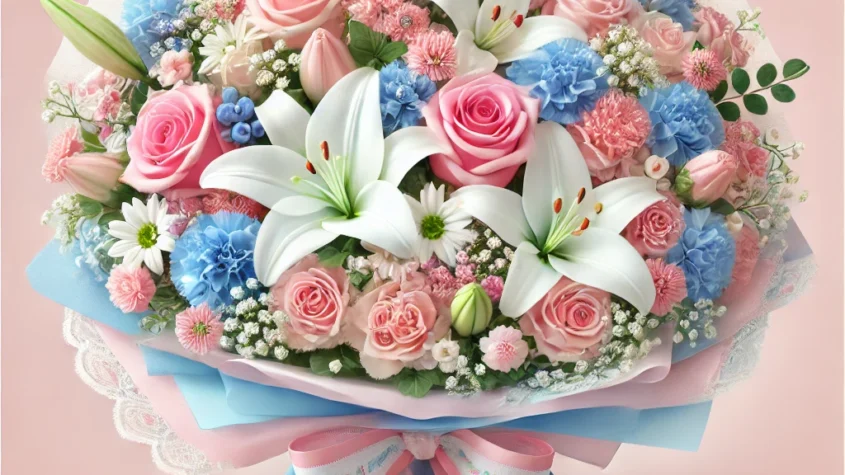Eucalyptus Plant Indoor: Essential Care Tips for Thriving Growth
Eucalyptus plants are increasingly popular choices for indoor spaces, known for their striking foliage and pleasant aroma. These plants thrive indoors when given the right conditions, such as bright light and well-draining soil. Their refreshing scent not only enhances the atmosphere but may also offer potential health benefits, making them a valuable addition to any room.
Caring for a eucalyptus plant indoor requires attention to humidity and temperature, as it prefers a warm, stable environment. Proper watering practices are crucial, as overwatering can lead to root rot while underwatering can hinder growth. Understanding how to meet these needs ensures the plant remains vibrant and healthy.
Incorporating eucalyptus into home decor not only provides aesthetic appeal but also contributes to a calming ambiance. This versatile plant can fit various interior styles, making it a delightful choice for both seasoned plant owners and newcomers alike.
Eucalyptus Plant Indoor Care
Caring for a eucalyptus plant indoors requires attention to its specific needs. This includes understanding optimal growing conditions, appropriate watering, and regular maintenance practices.
Optimal Growing Conditions
Eucalyptus plants thrive in bright, indirect light. They prefer a spot near a window with filtered sunlight. Direct sunlight can scorch the leaves, while too little light can lead to weak growth.
Temperature is also crucial. It enjoys temperatures between 65°F to 75°F (18°C to 24°C). Keeping it away from cold drafts or sudden temperature changes is essential.
Humidity levels should be moderate. If the air is too dry, it may cause leaf drop. A humidity level of 40-60% is ideal, which can be achieved using a humidifier or pebble trays.
Watering Requirements
Eucalyptus prefers well-draining soil to prevent root rot. Regular watering is necessary, but it should not sit in water. The top inch of soil should dry out between waterings.
During the growing season, water more frequently. Typically, this is every 1-2 weeks. In winter, reduce watering as the plant enters dormancy.
Using distilled water can help if tap water is high in minerals. Eucalyptus does not like overly wet soil, so it’s better to underwater than overwater.
Pruning and Maintenance
Pruning is essential for maintaining a healthy eucalyptus plant. Trimming back leggy growth encourages bushiness. Regularly remove dead or yellowing leaves to keep the plant tidy.
Fertilizing can support growth. A balanced liquid fertilizer every month during the growing season is recommended. Diluting to half strength minimizes the risk of over-fertilization.
Pest management is also crucial. Watch for common pests like spider mites or mealybugs. Treat infestations promptly with insecticidal soap for effective control.
Common Issues and Solutions
Indoor eucalyptus plants can encounter various challenges that affect their health and growth. Identifying these issues and applying appropriate solutions is essential for maintaining a thriving plant.
Pest Infestations
Common pests that affect indoor eucalyptus include spider mites, aphids, and scale insects. Regularly inspect the leaves, especially the undersides, for signs of these pests.
Solutions:
- Isolation: Remove infested plants from others to prevent spreading.
- Washing: A gentle spray of water can dislodge many pests.
- Insecticidal Soap: Applying this treatment can effectively manage aphid and mite populations.
- Neem Oil: This natural pesticide can deter various insects without harming the plant.
Consistent monitoring is crucial, as addressing pest issues early can prevent severe infestations.
Diseases and Treatment
Eucalyptus plants are susceptible to root rot and powdery mildew. Root rot often results from overwatering or poor drainage, while powdery mildew thrives in high humidity.
Solutions:
- Root Rot: Ensure pots have drainage holes and allow soil to dry out between watering. Consider repotting into fresh, well-draining soil.
- Powdery Mildew: Improve air circulation around the plant and reduce humidity. A fungicide specifically formulated for powdery mildew can also be applied.
Proper hygiene practices, such as removing fallen leaves, can minimize disease occurrence.
Environmental Stress
Environmental factors, such as light, temperature, and humidity levels, significantly influence eucalyptus health. Insufficient light may lead to leggy growth, while temperature fluctuations can stress the plant.
Solutions:
- Light: Eucalyptus requires bright, indirect light. If natural light is insufficient, consider using grow lights.
- Temperature: Maintain indoor temperatures between 60°F and 75°F. Avoid placing the plant near drafts or heaters.
- Humidity: Eucalyptus prefers moderate humidity. A humidity tray or misting can help in drier environments.
Addressing these environmental stressors contributes to healthier, more robust indoor eucalyptus plants.
Top Infant Care Services Near Me for Early Childhood Support
Finding reliable infant child care near you is essential for parents seeking a safe and nu…















